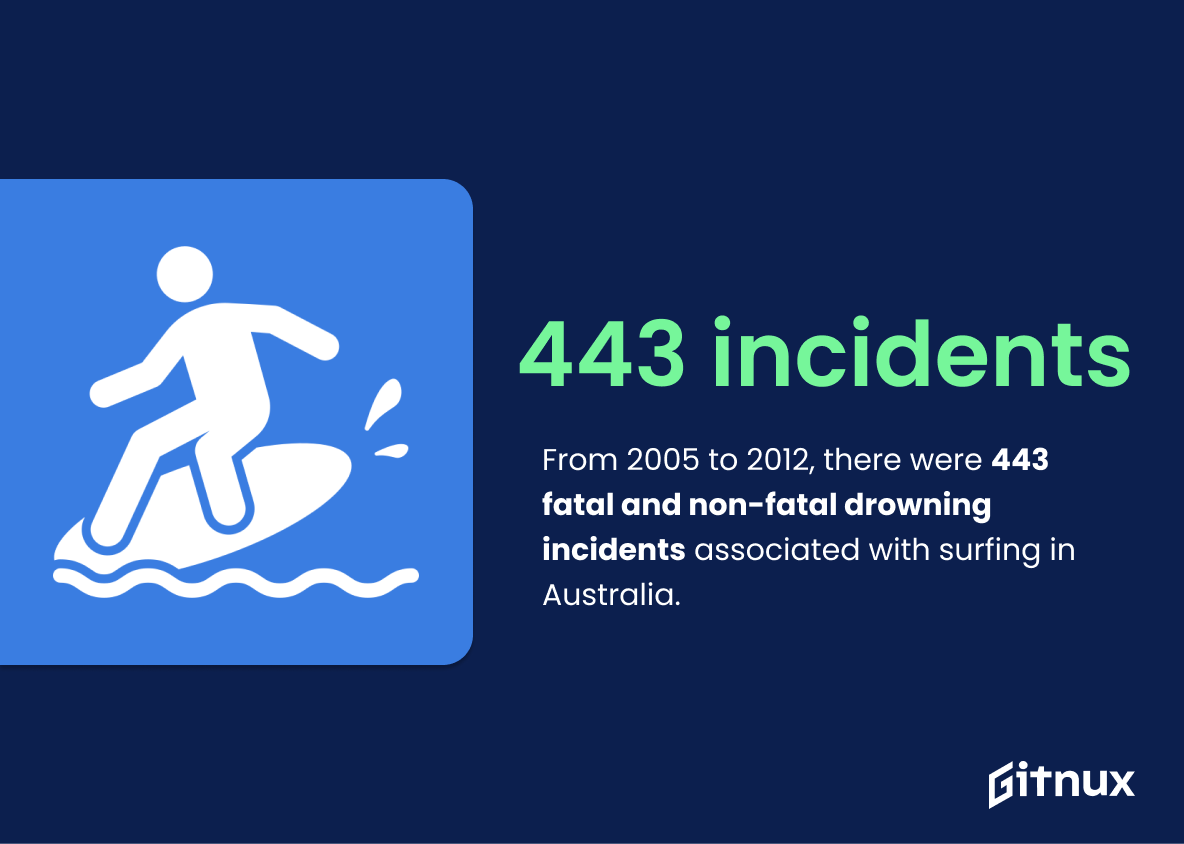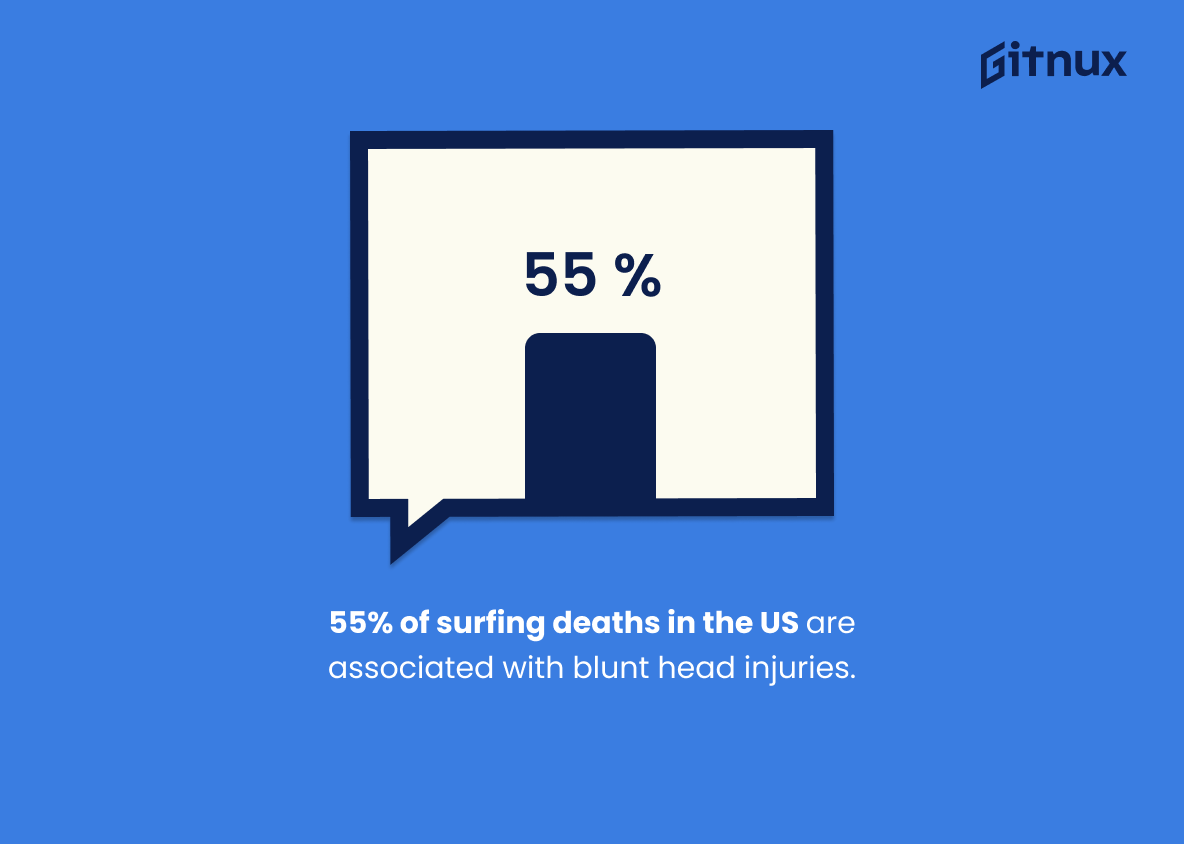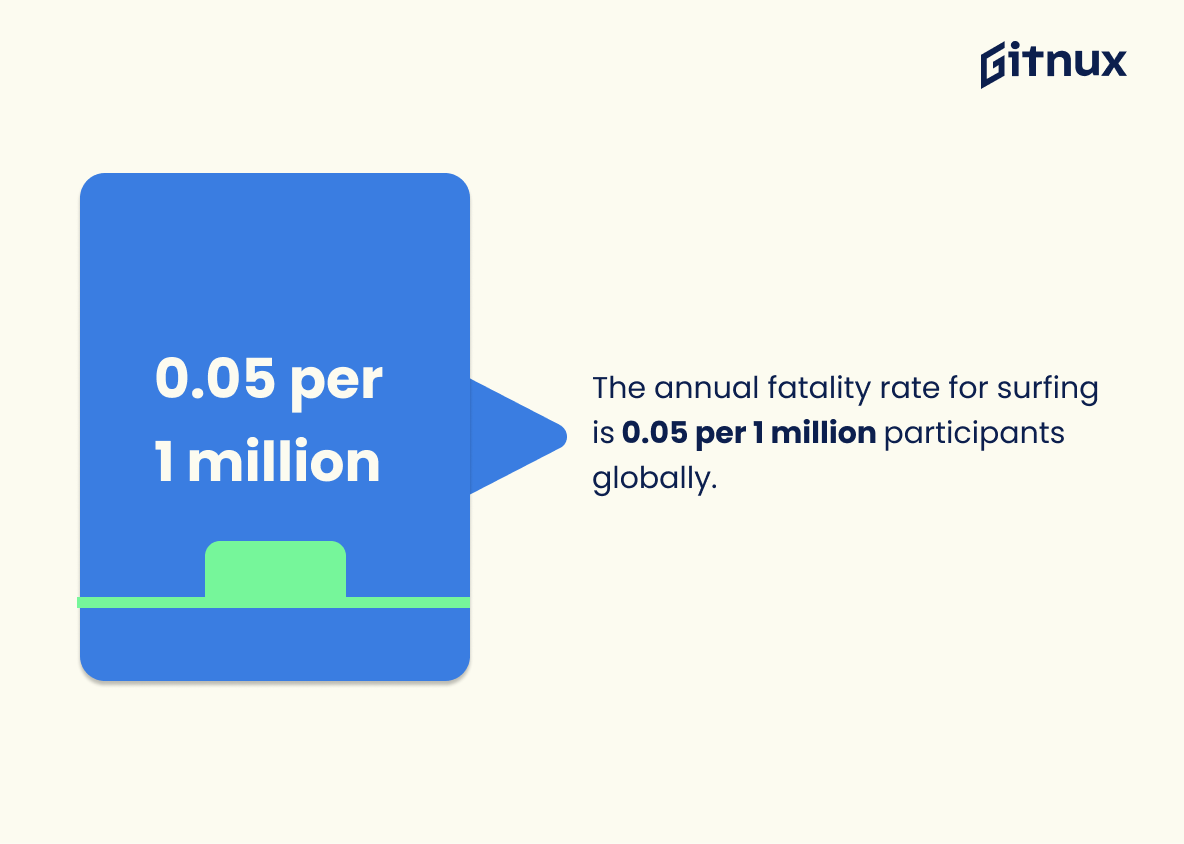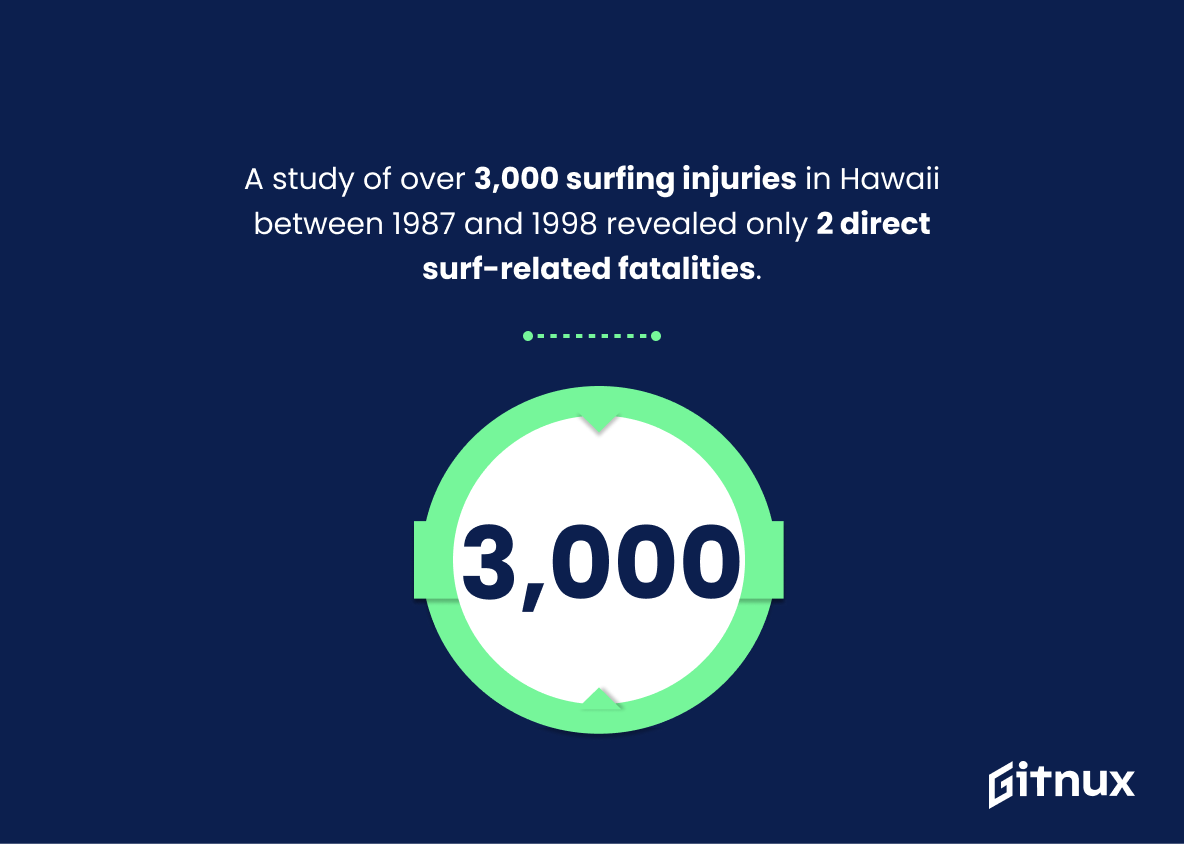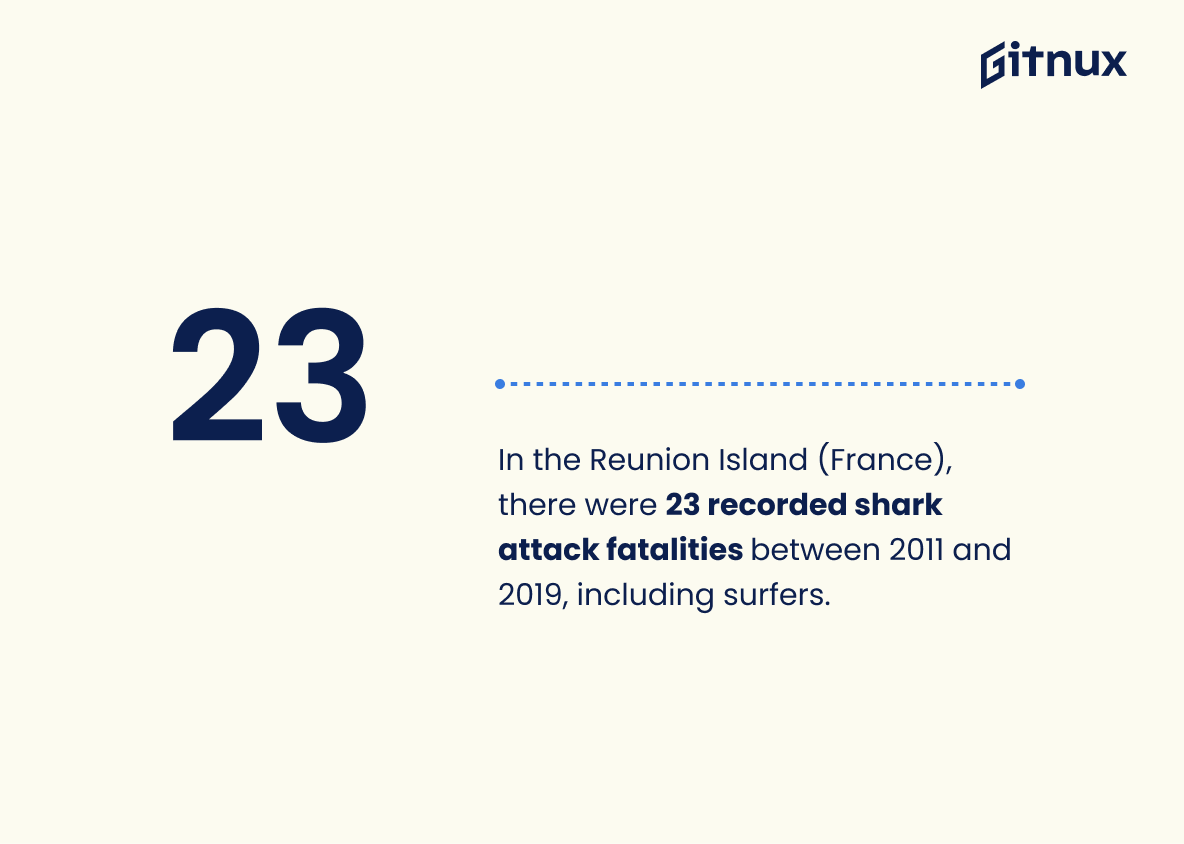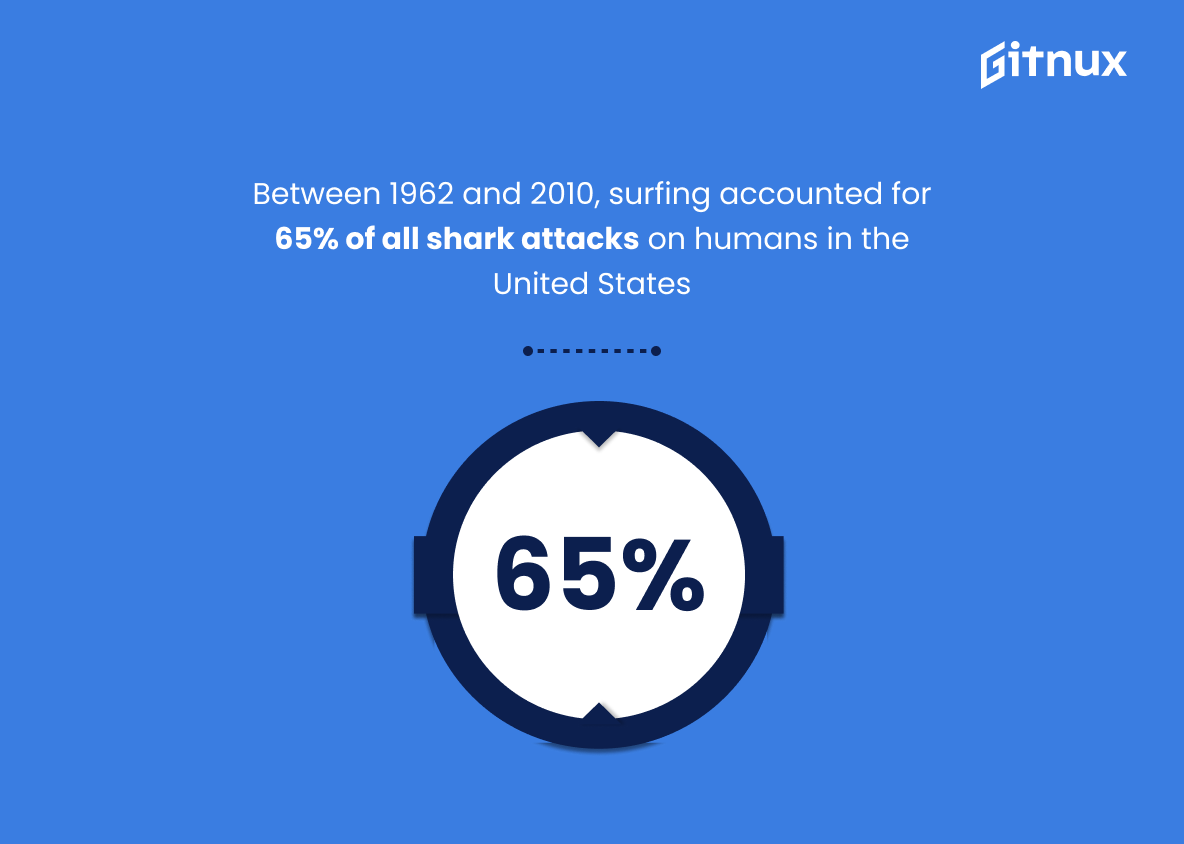Surfing is an exhilarating and popular sport, but it can also be dangerous. Every year, there are numerous fatalities associated with surfing activities around the world. In this blog post, we will explore some of the statistics related to surfing deaths from various countries and regions across the globe.
We’ll look at data on drowning incidents in Australia, head injuries in the US, shark attacks worldwide and more. Read on to learn about these alarming figures and what they mean for surfers everywhere.
Surfing Death Statistics Overview
In a 10-year study period, 12 surfers died offshore from Santa Cruz County, California (US).
This statistic serves as a stark reminder of the dangers of surfing offshore from Santa Cruz County, California. It highlights the need for surfers to take extra precautions when venturing into the ocean, as even experienced surfers can be at risk of drowning. The statistic also serves as a call to action for local authorities to take steps to improve safety for surfers in the area.
The annual fatality rate for surfing is 0.05 per 1 million participants globally.
This statistic is a powerful reminder of the importance of safety when it comes to surfing. With such a low fatality rate, it is clear that the vast majority of surfers are able to enjoy the sport without any major risks. However, it also serves as a reminder that even a small risk is still present, and that surfers should take all necessary precautions to ensure their safety.
A study of over 3,000 surfing injuries in Hawaii between 1987 and 1998 revealed only 2 direct surf-related fatalities.
This statistic is a testament to the relative safety of surfing, demonstrating that despite the high number of injuries, the activity is not as dangerous as it may seem. It is a reassuring reminder that, while caution should always be taken, surfing can be enjoyed without fear of fatal consequences.
A Brazilian study from 2009 showed that for every 870 surfers, there was 1 accident that required hospitalization, including fatal injuries.
This statistic is a stark reminder of the dangers of surfing, highlighting the fact that even experienced surfers are not immune to the risks associated with the sport. It serves as a warning to all surfers to take extra caution when out in the water, and to be aware of the potential consequences of their actions.
Of 198 fatalities in Australian coastal waters in 2018, 5 were associated with surfing.
This statistic is a stark reminder of the dangers of surfing in Australian coastal waters. It highlights the fact that, despite the thrill and joy of the sport, there is a real risk of death associated with it. It serves as a warning to surfers to take extra precautions when out in the water, and to be aware of the potential risks.
In the Reunion Island (France), there were 23 recorded shark attack fatalities between 2011 and 2019, including surfers.
This statistic serves as a stark reminder of the dangers of surfing in the Reunion Island. It highlights the fact that, despite the thrill and joy of surfing, it can also be a deadly activity if one is not careful. The 23 recorded fatalities in the past decade is a testament to the fact that shark attacks are a real and present danger in the area, and surfers should take all necessary precautions to ensure their safety.
Between 1950 and 2009, 11 fatal shark attack incidents involving surfers were recorded in South Africa.
This statistic is a stark reminder of the dangers that surfers face when they venture into the waters of South Africa. It serves as a warning to all surfers that they should take extra precautions when surfing in this region, as the risk of a fatal shark attack is very real.
Between 1962 and 2010, surfing accounted for 65% of all shark attacks on humans in the United States.
This statistic is a stark reminder of the dangers of surfing, particularly in the United States. It highlights the fact that, despite the many precautions taken by surfers, shark attacks remain a real and present danger. This statistic serves as a warning to all surfers to be aware of their surroundings and take the necessary safety measures when entering the water.
Conclusion
Surfing is an exciting and popular sport, but it can also be dangerous. The statistics show that there are a significant number of surfing-related fatalities each year worldwide, with drowning being the leading cause in many cases. In addition to drowning, blunt head injuries and shark attacks have been identified as major causes of death for surfers around the world. It is important for all surfers to take safety precautions when participating in this activity so they can enjoy their time on the waves without putting themselves at risk.
References
0. – https://www.scielo.br
1. – https://www.www.sharkattacksurvivors.com
2. – https://www.injuryprevention.bmj.com
3. – https://www.archive-ouverte.unige.ch
4. – https://www.www.royallifesaving.com.au
5. – https://www.pubmed.ncbi.nlm.nih.gov
6. – https://www.news.nationalgeographic.com
7. – https://www.www.outsideonline.com
8. – https://www.www.ncbi.nlm.nih.gov
9. – https://www.journals.plos.org
